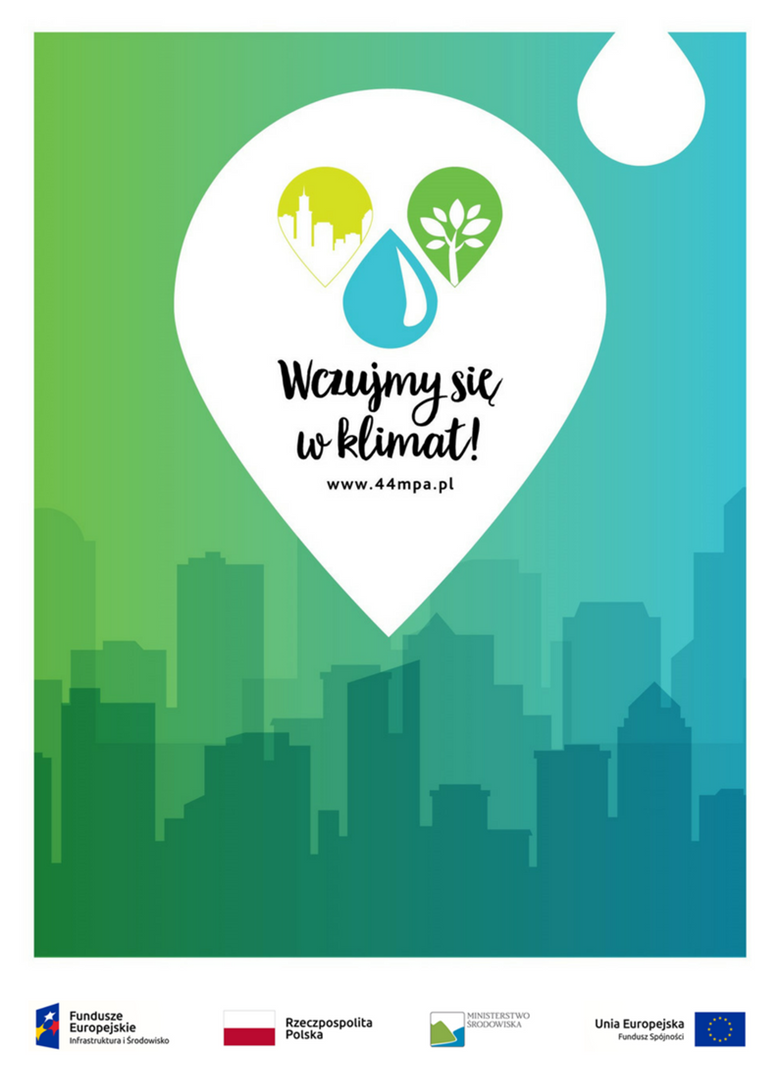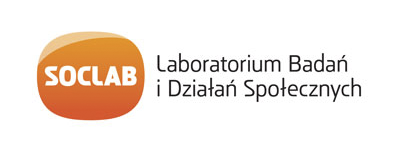EURECA
Good Practices
 Pictures:
Pictures:Photo by Białystok City Council.
Climate Change Adaptation Plan of Bialystok city
Country:Main Subject:
Description:
The City of Bialystok (Poland) has developed the "City of Bialystok Climate Change Adaptation Plan to 2030" as part of the government project "Development of Climate Change Adaptation Plans for Cities with Populations over 100,000."
Work on the plan began in January 2017 and continued for 24 months, covering areas of action to mitigate the effects and risks of climate change. The document is also essential when applying for EU grants for climate change projects.
The main areas of action of the plan are:
- water management,
- transportation,
- land use,
- public health.
Examples of activities include upgrading and expanding the sewerage system, building retention reservoirs, and creating green infrastructure for thermal mitigation. The project also includes adaptation to thermal hazards (including so-called tropical nights - with temperatures not falling below 20oC) and those related to precipitation, flooding, and waterlogging.
The City of Bialystok Climate Change Adaptation Plan to 2030 has 6 strategic objectives:
1. creation of a Decision Support System,
2. creation of an Education Center for Climate Change Adaptation,
3. strengthening the capacity of services,
4. adaptation to thermal hazards,
5. adaptation to precipitation and flooding/underwater hazards,
6. taking climate change into account in spatial planning.
To better fight against the effects of climate change, the plan identifies actions in various areas: changes in the city's organizational rules, educating residents about the risks, and introducing new technical solutions.
Organizational Changes:
Adapting local regulations, including on city planning, to better address climate risks.Organization of public spaces, emergency rules and improving the work of city services and hazard warning systems.
Information and Education Activities:
Introduce information and education activities that will increase public awareness of climate change.
Promotion of good adaptation practices to safeguard the city and its residents.
Technical Activities:
Investment in new or upgrading existing infrastructure that will help protect the city from the negative effects of climate change.
Reference links:
https://www.bialystok.pl/pl/wiadomosci/aktualnosci/plan-adaptacji-do-zmian-klimatu-1.html
https://www.bialystok.pl/resource/file/download-file/id.34506
https://www.bialystokonline.pl/bialystok-ma-juz-plan-na-zmiany-klimatu,artykul,114345,1,1.html
https://44mpa.pl/
SDG direct/ indirect short justification:
Direct SGDs:
- SGD13 Take urgent action to combat climate change and its impacts
Indirect SDGs:
- SGD 11. Make cities and human settlements inclusive, safe, resilient and sustainable.
Justification:
The activity meets Target 13.1 Strengthen resilience and adaptive capacity to climate-related hazards and natural disasters in all countries.
Indicator 13.1.3 Proportion of local governments that adopt and implement local disaster risk reduction strategies in line with national disaster risk reduction strategies
Keywords:
City:
Questions:
- For what purpose do local governments create climate change adaptation plans?
- What are the risks and nuisances associated with climate change in the city?
- What can each of us do to protect the climate?
Authors:
Piotr Znaniecki
Fundacja SocLab




